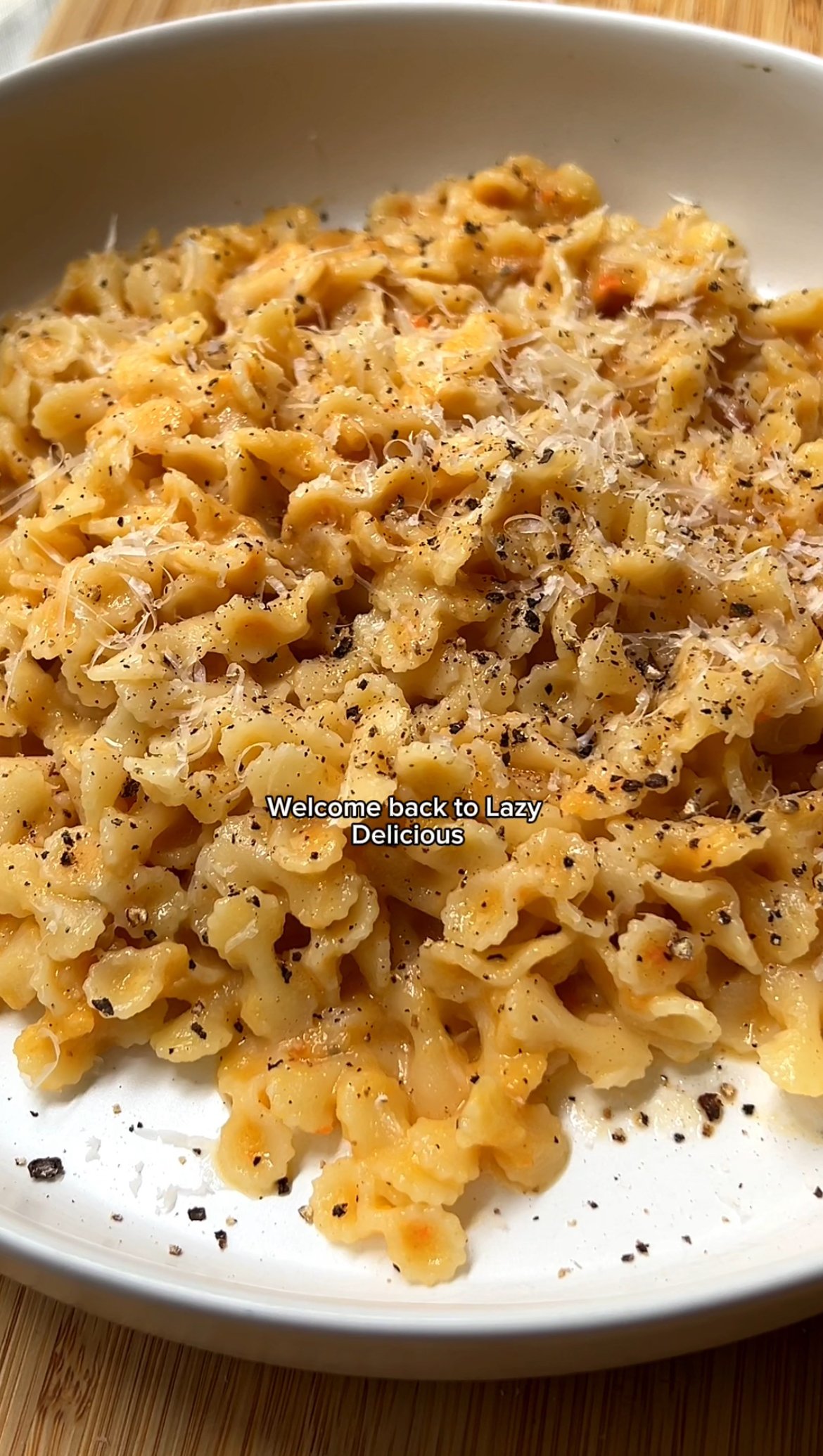Who doesn’t love a 2-for-1 jackpot?
Yes, this pasta sauce is a perfect way to use up the greens you forgot about in the bottom drawer. But, the magic is you get to walk away with dinner done AND a snackable spinach dip — ready to go for your nibbling pleasure — that comes together in about 30 seconds from the remnants of your sauce. You should know, too, that this recipe has a special place in my heart; an ode to the very first recipe I ever wrote back in 2017. This dish is steeped in personal history, and I hope it feels like a warm hug of gratitude when it reaches you.
Green Pasta with Citrus Panko "Grattato"
Serves 2-3
½ 9 oz bag raw spinach, 4-5 oz
1 small bunch raw kale, 6-7 leaves
2 Tbsps of cottage cheese, or vegan alternative
1 heaping Tbsp goat cheese, or vegan alternative
½ anchovy fillet
4-5 scallion ends, or 1-2 cloves garlic
1 whole lemon
10 - 12 oz Pipette
Grated fresh pecorino, or parmesan
Kosher salt, to taste
Olive oil
Optional, Panko Grattato:
2-3 Tbsps olive oil, butter or vegan alternative
½ - ¾ cup panko
2 garlic cloves, grated
Pinch of chili flakes
Pan Grattato Instructions
If you plan to make the breadcrumbs (which are optional but SO good & easy), to a pan add 3 Tbsps EVOO & 2 cloves grated garlic. Place over low heat just until garlic is fragrant, 1 minute. Add ½ - ¾ cup panko. Turn up heat and stir constantly, until panko is browned all over. Remove from heat & add salt & chili flakes, to taste.
Sauce Instructions
Start a large pot, 3-4 quarts of water, over a high heat to boil. Wash spinach & kale, if needed. Remove kale leaves from tough stem.
When water boils, add 2 tsps salt. To boiling water, add kale and using tongs or a large spoon, press down to submerge. After 1 minute, add spinach and submerge. After another minute, do not drain pot into the sink — remove spinach from the boiling water using a slotted spoon, tongs or spider strainer, placing blanched greens directly into a blender or food processor.
When all greens are removed from the boiling water, immediately add 10-12 oz pipette, cooking 7-8 minutes until al dente, or follow package instructions for the pasta you’re making.
To the blender with the greens, add 1.5 Tbsps EVOO, 2 Tbsps Cottage Cheese, 1 Tbsp goat cheese, ½ anchovy fillet (more if you like anchovy), 5-6 scallion ends (1-2 garlic cloves if you don’t have). When the pasta is almost done, add 2-3 large spoonfuls of pasta into the blender, along with juice of ½ a lemon and blend until smooth. Salt to taste.
Strain cooked pasta & place back into the empty pot. Place the strainer over the pot & pour about half of the blended sauce into the strainer. Using the back of a large spoon, press down until all the liquid has been strained into the pasta. Set aside what remains of the “pulp” from the cooked greens.
Add the remaining blended sauce to the pasta, top with fresh pecorino, lemon zest, plus panko grattato if you opted to make it.
BONUS DISH: Take what remains of your “pulp” from the cooked greens, add 3-4 Tbsps sour cream, cottage cheese, plain yogurt, labne or vegan alternative. Mix, salt to taste and serve as a take on spinach dip!





















